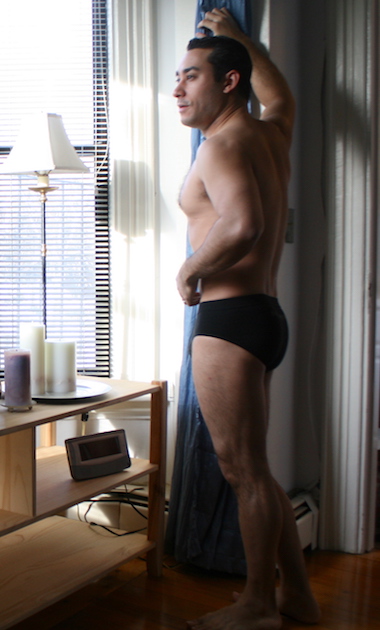While meditation has proven to be a grounding and quite possibly life-sustaining practice for me at this peculiarly-trying time in our history, I know that it isn’t the instant solution for those looking for immediate peace and inner-happiness. Honestly, I don’t believe there’s an instant fix for conjuring those things or we’d all have them by now. I was talking, well texting, with Suzie and my Mom, actively encouraging them to try it out, and following up to see how they were doing, and it turns out neither has taken to it like I have. I was sorry to hear that, though I completely understood.
Meditation is not easy at first. It feels hokey, or silly, or simply a waste of time. And our lives are busy and full and there are so many other things we could be doing. But studies have shown that when done consistently, meditation actually increases the gray matter of the brain (the good stuff I’m assuming) and helps us focus and follow our thoughts better even (and ore importantly) at the times when were not meditating. (As much as I adore both Suzie and my mother, both could use a little more focus now and then – and really we all could. Myself most definitely included.)
That said, the reality of knowing this and actually putting a meditation plan into practice are two very different things, one of which doesn’t necessarily create an impetus for the other. And so I’m giving one more push for everyone to try it out and give it a whirl, and offering a few hopefully-helpful hints on how to start it out.
First, start small, start short, and start with a set plan. This is both the easiest and hardest thing to do. There will be many reasons not to begin. Dinner needs to be cooked, the kids need to be schooled, it’s already time for bed, it’s too soon to settle down for the evening – I know how difficult it is just to make a moment for yourself. But if you can’t take care of yourself, you can’t effectively take care of anyone else. Begin there.
It need not be a long commitment. Start with five minutes a day. By all means do more if you’d like, but you’ll find that sitting in silence is probably going to be uncomfortable, and five minutes will feel like five hours the first few times you do it. The important thing is to find a quiet space where you won’t be interrupted for five minutes.
Next, it is vital to set your phone or an alarm for exactly five minutes, and don’t start it until you are in a comfortable position on the floor or a chair and you’ve calmed your breathing. Don’t rely on a clock or other method of keeping track of time because that will be all that occupies you and will derail the entire point of meditation. Set the timer and then focus on your breathing. The last thing you want to do is be looking at a clock or wondering how much time has passed. Give yourself the full five minutes and then forget about time.
Breathe into your belly, expanding your diaphragm slowly and gradually, then pulling it back in. Let whatever thoughts that cross your mind present themselves, then let them drift on. Let another thought come and go. In the beginning these thoughts will likely be of what you have to do after you meditate, or what you have planned for the day or week ahead, or maybe something that bothered or upset you previously. Acknowledge them as they arrive, then let them pass. If one returns, do the same thing – acknowledge and let it go, and eventually it will stop presenting itself. Five minutes will pass soon enough.
The next day, try it again for five minutes. See if you can do it with less thoughts presenting themselves, or if it’s helpful to focus on something, go through your day and what you felt at each moment. If you were frustrated by something, acknowledge that you felt frustrated, breathe in on that frustration, breathe out on the frustration, then let it go. Another feeling presents itself – worry and stress over a situation. Acknowledge your worry and stress, breathe in on them, then breathe out on them, and let them go. You’re not focusing on the situations or issues, but rather on your feelings toward them, because that’s all we really control. It’s ok to feel these things, and when we don’t that’s when things get bottled up and present problems later on.
If you do this every day for a week, try increasing the timer to seven minutes and staying with that for the following week or so. If you’re anything like my Mom or Suzie, you do a ton of stuff for other people, but don’t take nearly as much time for yourself and your own well-being. Meditation is a healthy way of feeding your own soul so you can be even better at everything you already do.
As for my own meditative journey, I’ve only just begun. It felt strange and uncomfortable at first, but I’m up to nineteen minutes a day, and it’s an integral part of what is keeping me sane during these troubled times. I’m aiming to increase minute by minute until I’m up to half an hour by the fall. It’s not the length of time that matters, however, it’s the practice. Start with five and see how it goes.







































